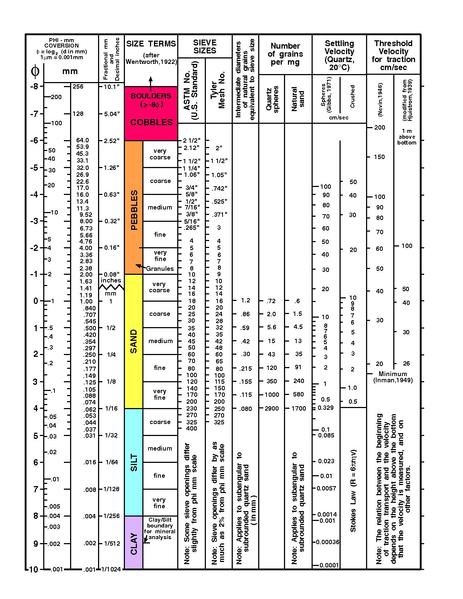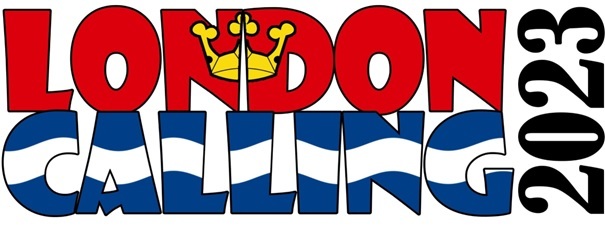The purpose of this lesson is to get to know what pebbles are!
(This intends to be an easy earthcache for new beginners to start off with, as there is not any hard tasks to go through with. So it is rated D1.)
A pebble is a *clast of rock with a particle size of 2 to 64 millimetres based on the LINK: Krumbein phi scale of sedimentology. Pebbles are generally considered larger than granules (2 to 4 millimeters diameter) and smaller than cobbles (64 to 256 millimeters diameter). A rock made predominantly of pebbles is termed a conglomerate. Pebble tools are among the earliest known man-made artifacts, dating from the Palaeolithic period of human history.

A beach composed chiefly of surface pebbles is commonly termed a shingle beach. This type of beach has armoring characteristics with respect to wave erosion, as well as ecological niches that provide habitat for animals and plants.
Inshore banks of shingle (large quantities of pebbles) exist in some locations, such as the entrance to the River Ore, where the moving banks of shingle give notable navigational challenges.
Pebbles come in various colors and textures, and can have streaks of quartz and different colored sedimentary rock. Pebbles are mostly smooth but, dependent on how frequently they come in contact with the sea, they can have marks of contact with other rocks or other pebbles. Pebbles left above the high water mark may have growths of organisms such as lichen on them, signifying the lack of contact with seawater.
*Clast - Clastic rocks are composed of fragments, or clasts, of pre-existing minerals and rock. A clast is a fragment of geological detritus, chunks and smaller grains of rock broken off other rocks by physical weathering. Geologists use the term clastic with reference to **sedimentary rocks.
**Sedimentary rocks are formed by sediment that is deposited over time, usually as layers at the bottom of lakes and oceans. The sediment can include minerals, small pieces of plants and other organic matter. The sediment is compressed over a long period of time before consolidating into solid layers of rock. It forms layers called strata which can often be seen in exposed cliffs.
Sedimentary rocks cover the majority of the Earth's rocky surface but only make up a small percentage of the Earth’s crust compared to metamorphic and igneous types of rocks. Examples of sedimentary rocks include limestone, sandstone, mudstone, greywacke, chalk, coal, claystone and flint. Limestone forms the metamorphic rock marble when subjected to extreme heat and pressure over time (metamorphism). Sandstone forms the metamorphic rock quartzite. Mudstone forms the metamorphic rock slate. Chalk is a soft, white form of limestone. Flint is a hard, sedimentary form of the mineral quartz.
Three Types of Rock:
# Igneous (Volcanic)
# Metamorphic (Changed)
# Sedimentary (Layered)
By clicking on the link above you will get to this chart in a good size to look at.
Use it for answering you question below.

To log this cache.
To get to log this cache you will have to visit and answer the questions which are related to the coordinates given the earthcache.
When answers are collected, send them to CO for verification.
You can log immediately after answers are sent CO. If there are any questions about your answers CO will contact you.
Logs without answers to CO or with pending questions from CO will be deleted without any further notice.
Please do not include pictures in your log that may answer the questions.
Questions
1. Answer the questions under by visiting the Coordinates.
A. Pebbles can be found in many colors! What main colors are the once found at gz?
B. The pebbles you stand next to at gz, what size are they? Use the scale (linked to above) to tell where in the scale they belong.
C. What type of stone are the pebbles mainly of?
D. Why do you think the stones are round/rounded and not with sharp ends/corners?
2. Take a photo of you, the group or the GPS from the location without revealing any of the answers.
Make sure to plan your visit as for the Thames Tide Times:
https://www.metservice.com/marine/regions/coromandel/tides/locations/thames
